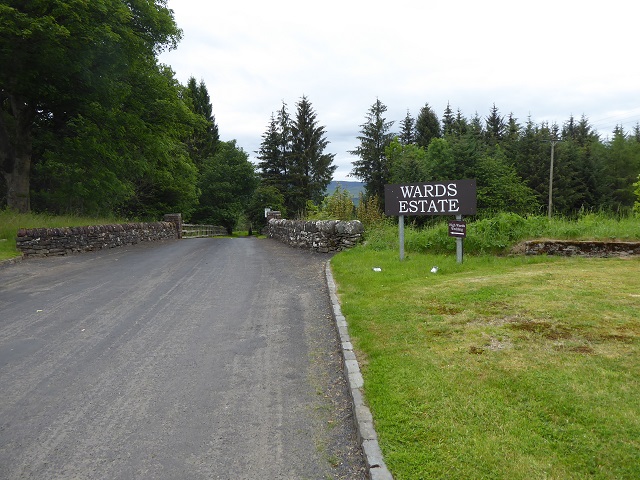 After the criticisms in my last post about the way the Loch Lomond and Trossachs National Park Authority is being managed (see here), its good to be able to report that the Park’s management have got something right. At today’s Planning Committeethey are recommending that the Planning Application from the Wards Estate for a function building, self-catering accommodation and associated leisure buildings and swimming pool be rejected (see here for planning papers).
After the criticisms in my last post about the way the Loch Lomond and Trossachs National Park Authority is being managed (see here), its good to be able to report that the Park’s management have got something right. At today’s Planning Committeethey are recommending that the Planning Application from the Wards Estate for a function building, self-catering accommodation and associated leisure buildings and swimming pool be rejected (see here for planning papers).
The Wards Estate is on the south eastern shore of Loch Lomond and next door to the National Nature Reserve. It already operates a weddings and events business and wishes to extend this, The Planning Application is being determined by the Planning Committee because of the number of objections, including from the Friends of Loch Lomond and Trossachs, and more specifically because the Kilmaronock Community Council, which represents local residents and is a statutory consultee has objected.
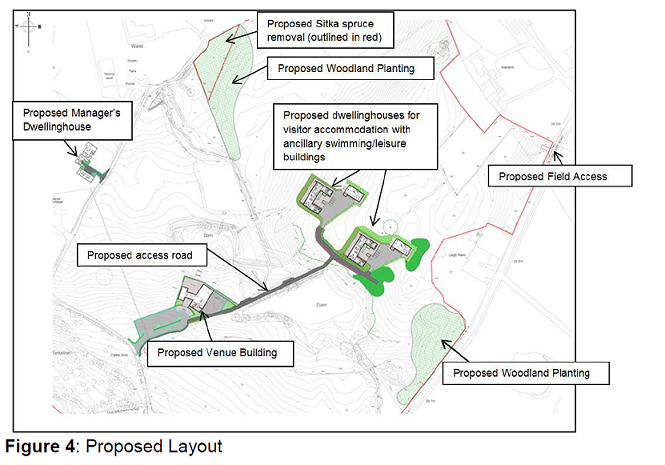
The case for rejecting the application, which proposes developing yet another part of the southern shores of Loch Lomond, is overwhelming and I would be extremely surprised if the Planning Committee overrule their officers’ recommendation.
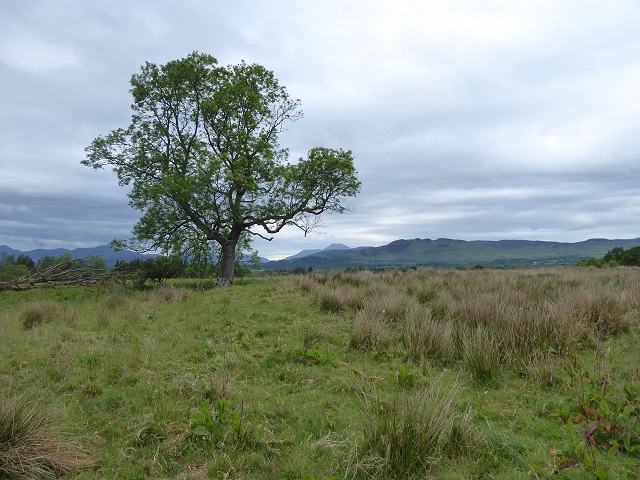
Here is how officers summarise the Kilmaronock objection:
- No formal business plan has been presented and concerns regarding the potential future change of use of the proposed buildings.
- The application site is not within a designated development area and therefore not in accordance with the Local Development Plan.
- The proposal is not small scale.
- Adverse impact on the neighbouring property at Laigh Raws.
- Impact on wildlife, particularly birds, from light and noise and general disturbance.
- Concern about pollution control, surface run off, final effluent discharge, swimming pool discharge and the impact on fisheries and the Endrick Water.
- Building design not in keeping with local architecture.
- The project would provide part-time, low paid employment but not salaried and pensionable sustainable employment.
- Conservation of the environment should take precedence in accordance with the aims of the National Park.
- Concern about delays with the handling of the planning application and why a new application was not submitted.
- Increased traffic and road safety concerns.
- Concern about the integrity of the National Nature Reserve (NNR) – the community council support a holistic approach to development affecting the NNR.
- Noise- disturbance to residents and to wildlife.
- Precautionary principle should apply.
- Query the robustness of assessments undertaken e.g. ornithological survey.
- Impact on neighbour’s quality of life.
About the only thing LLTNPA Officers added to this – and rightly so – is the impact the development would have on the landscape (see photo above).
Almost all these reasons for objecting, apart from the second, could also be applied to the Flamingo Land’s planning application at Balloch. (Part of the Riverside and Woodbank House sites have been designated for “Visitor Experience” – whatever that means). The same logic, however, is unlikely to be applied for reasons that are apparent in the Committee Report.
What the Wards Estate application shows about our planning system
This application has taken over 3 years to be determined since it was first lodged. Part of the reason for this is that the Applicant has failed to provide information to support their application. Scattered throughout the report are statements like this:
“Despite a request for written clarification of this element of the proposed development, no such explanation has been received.”
The planners have also found some of the information barely credible:
“Whilst the proposed manager’s dwellinghouse has been described in the application as required for “a manager”, the proposed manager’s dwellinghouse is a very large 2.5 storey 7 bedroom dwellinghouse with a detached 4 car garage with office and playroom above”.
What’s astounding about this is that under our current Planning system Developers still have a right to receive a formal decision about any application, however poor, rather have it rejected on the basis that insufficient or misleading information has been provided.
Not only that, Developers also have the right to appeal against the rejection of any Planning Application, however poor. That results in a situation where the Planning Authority is forced to consider every piece of paper it has received, compare this to its Local Development Plan and policies and then set out detailed reasons why an application, however, inappropriate is refused. If it doesn’t do this, the Developer will claim on appeal its application hasn’t been considered properly and should therefore go ahead. The whole system is stacked and breeds paperwork. Instead of being able to reject the Application as incomplete or with a succinct statement – like the summary of the Kilmaronock objection – LLTNPA staff have to produce a 36 page report of which 16 pages are the “Planning Assessment”.
Contrast the power given to developers in the system with those of local communities and the wider public. They have no right to appeal, even where a development as here (or like Flamingo Land) is clearly contrary to the Planning Authority’s Local Development Plan.
The Scottish Parliament last week rejected any significant reform to our current biased system. The reason for this was succinctly put in the final debate by the Planning Minister, Kevin Stewart:
I am afraid that, after stage 2, there were far too many red weevils of bureaucracy that would have held up the delivery of development in Scotland.
Its delivery of development, not its quality or appropriateness, which comes first. Local communities, landscape, sustainable development, you name it, all are regarded as “Red Weevils”.
Some of that pressure from the Scottish Government to approve developments is evident in the Committee Report in an extraordinary statement in the section on the Principle of the Development (para 7.10):
Although it is recognised that the proposed development may provide jobs, this would be a relatively small number. Similarly, although it has been stated that there would be wider benefits to the local economy through the use of local products, services and visitor spend in the area, there is no guarantee that these stated benefits would materialise as a result of the proposed development. The circumstances of this proposed development are not such that it is a diversification necessary to support an established rural business which is of wider benefit to the local economy, rather it is a proposal for the further expansion of an already successful business. It is concluded that the information provided does not demonstrate that there would be a benefit to the local economy and/or local community sufficient to justify a medium to large scale development within the countryside.
The last sentence is crucial. The implication is that had this been a larger development, which created more jobs, that might have overridden ALL the Parks policies and plans.
Its hard to avoid the conclusion that because the development is relatively small, the LLTNPA can reject it without incurring the wrath of the Scottish Government. Apply that same argument to Flamingo Land and you can see how the LLTNPA could try to justify anything because of the number of jobs created.
Except that the National Parks’ Act says that where the four statutory aims of the National Park conflict, conservation should come first.
There is no mention of this, what is known of the Sandford Principle, in section 7.69 if the Committee Report which deals with those statutory aims. Instead, all four aims, are treated as being of EQUAL weight. Once LLTNPA officers had established that the proposal was contrary to the conservation aims of the National Park they shouldn’t have needed to go any further. Unfortunately, the Scottish Government’s development at any price agenda and the LLTNPA itself is undermining the statutory aims of our National Parks.
The Planning Application and Greenland White Fronted geese
The Application also shows how, because our Planning System is developer-led, rather than being about land-use, it ends up tied up in bureaucracy rather than addressing the real issues.

A second reason the Planning Application has taken three years to come to a decision is that Scottish Natural Heritage asked for an ornithological survey of how the Greenland White Fronted Geese used the site. Greenland White Fronted goose have suffered a dramatic global decline from 35,500 in 1999 to 20,000 in 2018, a species in crisis and at threat of extinction. 200-300 of the remaining geese overwinter in the south east corner of Loch Lomond. A number of these, in turn, roost on Wards Pond in front of the main house and current wedding venue, i.e outside of the reserve boundary.
The Survey was intended to provide evidence about whether the development might adversely impact on the Greenland White Fronted geese. After two years SNH has concluded that geese don’t (currently) feed in the open fields where the new buildings would be located – surely the RSPB staff located next door could have told SNH this without any need for a survey? – and that its possible to ensure the roost is not disturbed. A pretty obvious conclusion given an existing roost is adjacent to the main building.
This is the sort of stuff that gets conservation a bad name and results in developers bending the ears of Scottish Ministers about unnecessary planning bureaucracy. This risks undermining the main conservation point. The conservation imperative should be to help the numbers of greenland white fronted geese at Loch Lomond EXPAND and, if that’s to happen, that means improving habitats so they have additional places to feed. The important conservation question should not be about this development at all, but rather why are the geese not feeding here at present what changes in land-use management would be needed to get them to do so?
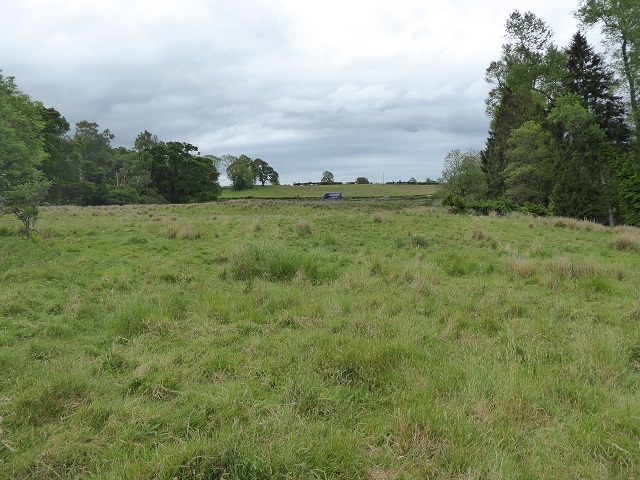
The problem is that our Planning System does not look at how land might be best used (and reward landowners accordingly), rather its locked into being able to respond only to what developers put on the table. Our National Parks, however, with their specific statutory duties to put conservation first and consider wise use of resources, sustainable development and public enjoyment of the countryside have the potential to take a wider approach. Unfortunately, however, at present there is little join up between the planners and the wider work of our National Parks.
The south Loch Lomond land grab
Seen from a broader perspective both the Wards Estate and Flamingo Land proposals are part of a wider issue, the gradual conversion of the southern shores of Loch Lomond into prime – and exclusive – real estate for paying guests only. This is impacting on the ability of people to enjoy the area of countryside most accessible to the Glasgow conurbation.
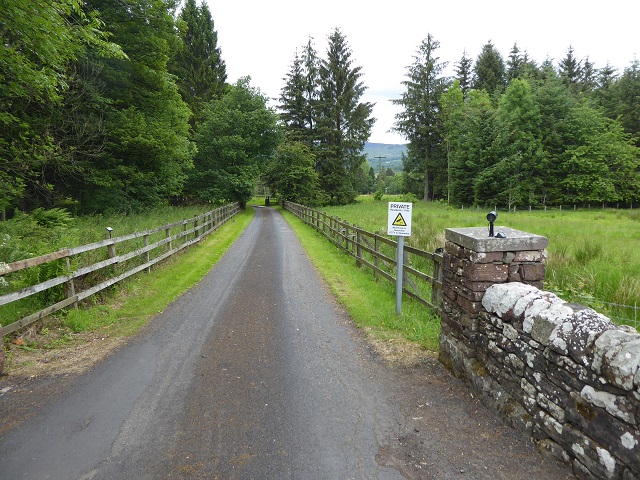
While the road to the Wards Estate may be unadopted and private as far as vehicles are concerned, access rights apply not just along the road but the fields on either side. As a result the sign is unlawful and made even worse by the intimidating presence of the camera. I must admit I accessed the fields from further along the road.
LLTNPA staff are clearly aware of this sign, so why haven’t they insisted it come down?
There are similar issues now all round the southern shores of Loch Lomond. LLTNPA Access staff reported to the last Local Access Forum a number of complaints that had been received about the Lomond Golf club trying to keep people out. The entrance to the golf club – access rights apply on golf course – is even more intimidating.
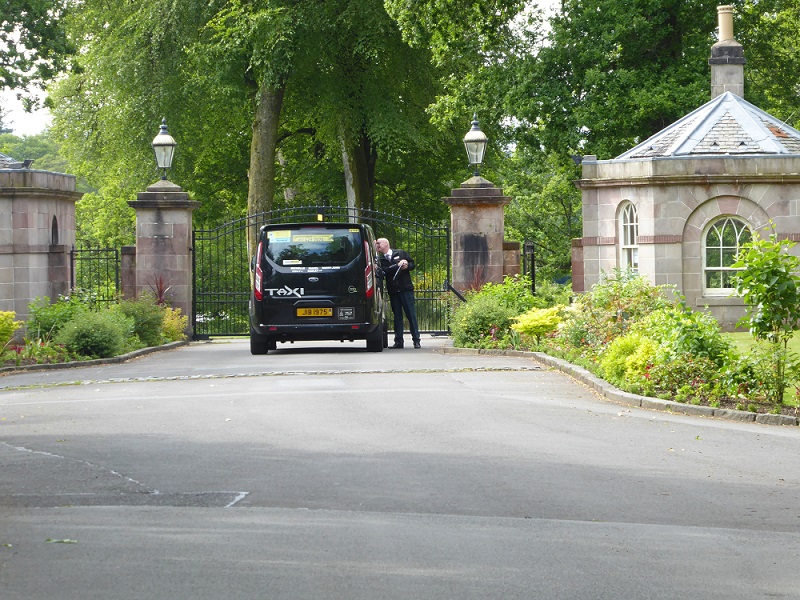
Meanwhile some of the other entrances have been locked:
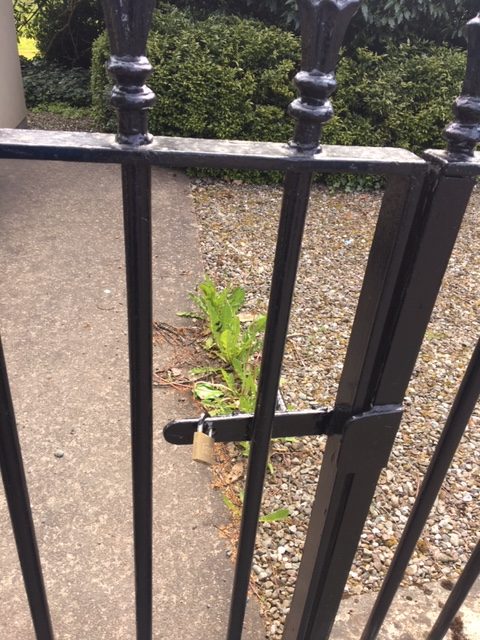
How long till locked gates would appear at Flamingo Land, for example to keep people out of the proposed children’s play area in Drumkinnon Woods?
What needs to happen?
The Wards Estate Planning Application provides another example – as if Flamingo Land was not sufficient – why the LLTNPA Board to start a root and branch review of how the Planning System within the National Park should operate to deliver its statutory objectives. Unfortunately the Planning Bill agreed by the Scottish Parliament last week abolished the Main Issues Report, the statutory consultation which preceded each new Local Development Plan. That forced Planning Authorities to consult. There would, however, be nothing to stop the LLTNPA deciding on its own initiative to start such a discussion BEFORE it writes its new draft Local Development Plan.
I was delighted to see that the Wards Estate Planning Application was recommended for Refusal by LL&TTNPA Planning Officers. I heard from Councillor Sally Page that the Refusal had been upheld by the Planning & Access Committee at their meeting on Mon.24th June’19. This is the second medium to large development to be rejected in and around Gartocharn; the first being Rainbow Valley Cancer Charity (APPLICATION NUMBER: 2015/0209/PPP). This application was a joint one with a bid by local businessman Iain Methven who wanted to build three houses on an adjacent site close to the Millennium Hall in the village. The land in Gartocharn was offered as a gift to the charity from Mr Methven as long as he was given approval for three houses. Many villagers supported the cancer therapy centre but opposed the homes and consequently were against the application. The Planning & Access Committee Refused the Application on Mon 07 Dec 2015. If the LL&TTNPA CEO and the Board Vice Convener lived in Balloch rather than Gartocharn . . . ??